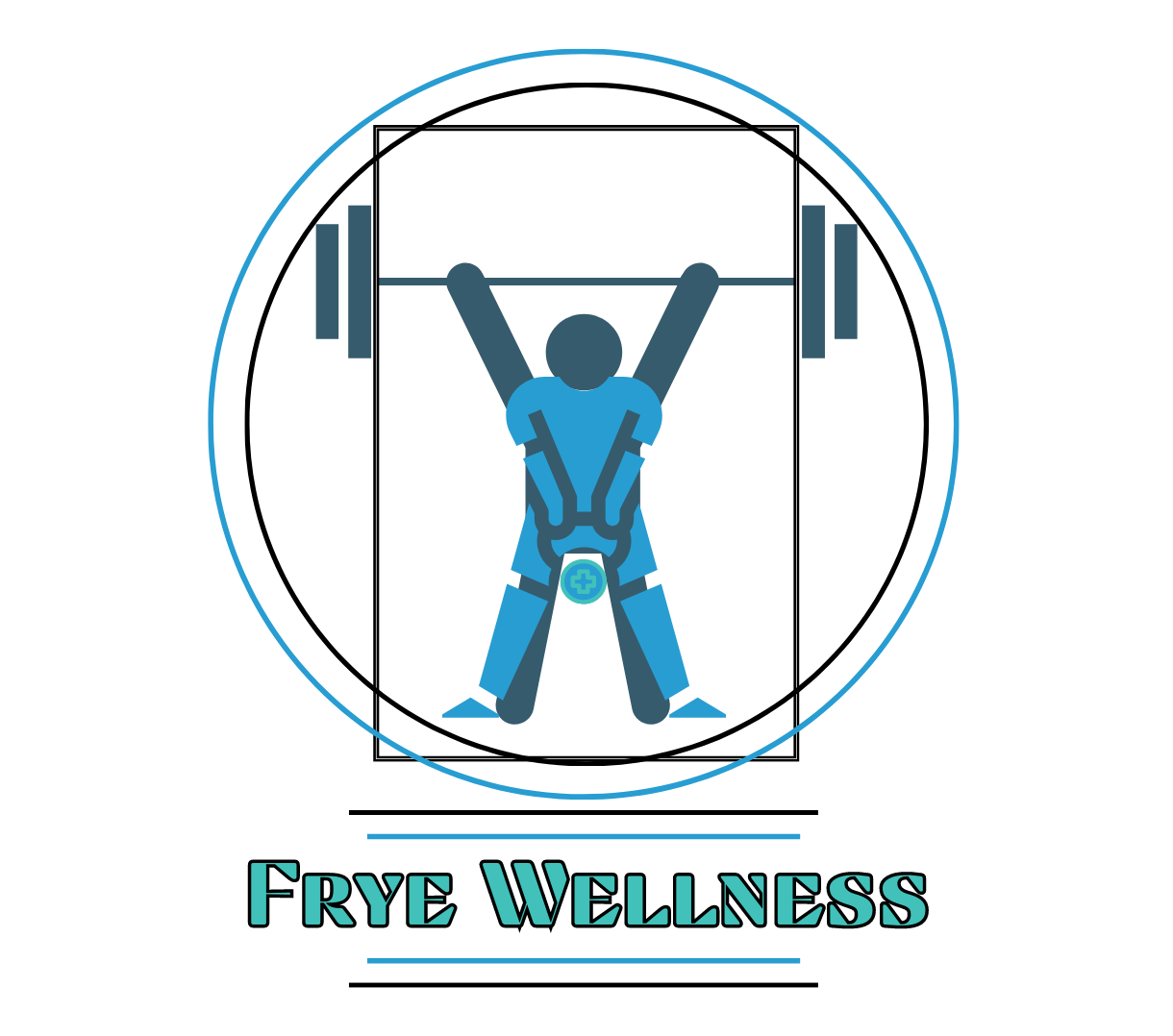Don't let modern day habits ruin your posture!
Pelvic tilt: what is it and why it is important?
The position of your pelvis plays an essential roll in the overall well being of your body and can lead to or alleviate pain in areas like your lower back. Pelvic position will vary between anterior (front) or posterior (rear) tilt and is influenced by things like posture, activity, and muscle tightness/ weakness. While the position will vary between individuals, it is generally desirable to maintain a slight posterior tilt, this position will better support your lower spine and transfer your upper body weight down to the ground instead of your lower vertebrae. Some of the muscles that will influence your pelvic position are your transverse abdominus & rectus abdominus (belly), iliopsoas (hip flexor), glutes (butt), hamstrings (back of upper leg), erector spinae (lower back), and rectus femoris (front of your upper leg). The balance of strength and length between these muscles will determine how your pelvis is positioned.
If your pelvis is anteriorly tilted, one of the best things you can do is to strengthen your midsection and hips as well as lengthen your lower back and iliopsoas (hip flexor). The basic concept is that your glutes (butt muscles) help to posteriorly tilt your pelvis and your rectus abdominus & transverse abdominus (belly) support that tilt. The simple circuit below will help to strengthen the appropriate muscles, all you need is a small weight (dumbbell, medicine ball, sand bag, heck a can of beans would work), perform 5 sets of 8 reps:
- Glute bridges- hold each high position for 5 seconds
- Standing figure 8s- 8 reps each direction
- Single leg toe touch- 8 reps each leg
- Reverse lunge with forward lift- 8 reps each leg
As you get better at the movements add reps to each set up to 12.
In addition to these movements, you can do the following lengthening exercises, hold each stretch for 1 min :
- Lower back stretch- place a folded up towel behind knees to alleviate pain
- Kneeling psoas stretch- note that bending the knee is optional
If your pelvis is dramatically posteriorly tilted, which is common in individuals who sit for extended periods of time, strengthening your hips and lower back will be effective in correcting that position, as well as lengthening your rectus abdominus (belly) and hamstrings (back of upper leg). The below circuit will get you started, perform 5 sets of 8 reps:
- Supermans- make sure to keep your chin tucked throughout
- Standing hip abduction- 8 reps each leg
- Supine straight leg raises- 8 reps each leg
- Bird dogs- 8 reps each side, keep belly tight
In addition to these movements, you can do the following lengthening exercises, hold each stretch for 1 min :
- Inch worms to cobra stretch- try to keep your legs straight, perform 10 reps going slow
- Supine hamstring stretch- use a belt, dog leash, or tie.
- Supine figure 4
If any movements cause sharp pain, stop immediately!
Getting you pelvis in an optimal position is well worth the time and effort as you will experience not only reduced pain but also improved vitality and performance in all areas of daily life. Please post any questions in the comments and be well!
Don't neglect your diaphragm
The term "core" has been getting a lot of play recently but do you know what your "core" actually is? Planks and mountain climbers are great movements to strengthen your midsection but that is just the beginning. Your diaphragm is the muscle that is responsible for breathing and it is vital to your ability to brace your midsection appropriately during activity, unfortunately many of us do not understand what this proper bracing feels like. The diaphragm forms the top of the "core box" and works with the internal and external obliques, quadratus lumborum, pelvic floor, and transverse abdominus to create tension throughout the trunk. Much like a box needs a strong and secure top, your core musculature needs the diaphragm to have good tone to brace effectively. A good test to see if you are able to activate your diaphragm while bracing your midsection is to lie on your back with knees bent and feet flat on the floor, tighten your belly and push your lower back into the floor. Then see if you can blow up a balloon without arching your lower back. Could you do it? If not, then you need to work on activating your diaphragm while keeping your back flat and secure. Here is a great routine to get you started:
- Lie on your back with knees bent and arms overhead, tighten your belly making sure to flatten your lower back into the floor.
- Without arching your back, lift your legs off the ground so that both your hips and knees are at 90 degrees.
- Hold for 30 seconds and then return your feet to the ground. Repeat 10 times.
Once you are able to maintain your lower back position for all 10 reps, then you can start incorporating breathing exercises by getting into the same position and blowing up a balloon 10 times. If done properly, you should feel your midsection working to stabilize and brace your spine. You can progress by standing up against a wall and going through the same steps, this will help to establish a braced position while weight bearing and will translate into incorporating your entire "core" musculature when on your feet. Doing this simple routine 2-3 times a week is a great start to a stronger, more toned midsection and can also help alleviate lower back pain, not to mention improved performance in and out of the gym! Feel free to post any questions in the comments.

